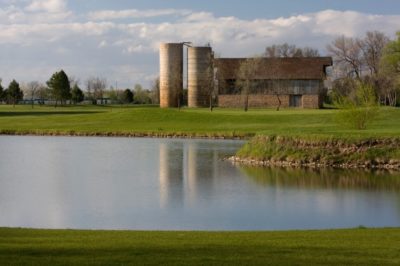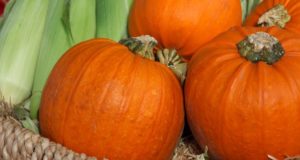 Ponds, whether they are natural or man-made, can be a wonderful resource for landowners and farmers. While many landowners maintain ponds for reserving essential water requirements for their livestock, the natural and recreational benefits of ponds are often overlooked.
Ponds, whether they are natural or man-made, can be a wonderful resource for landowners and farmers. While many landowners maintain ponds for reserving essential water requirements for their livestock, the natural and recreational benefits of ponds are often overlooked.
Water sources of any sort and on any landscape increase the biodiversity of the immediate area. Ponds not only provide much-needed water for livestock, but they also provide shelter for aquatic animal and plant life. The gradual seeping of water through the base of ponds also increases the health of nearby soils, especially when those ponds are rich with natural life because the byproduct of fish and dying vegetation adds to the fertilizing effect.
An area of land that does not already have a pond can often be sculpted and shaped for this use. Consider the natural contours and drainage patterns as well as low-lying areas that retain water long after a heavy rain. Areas like these often are a very suitable spot.
There are other factors to consider, though, such as the proximity of other shelters or animal pens, as well as utilities. Soil types and drainage away from the pond are also essential items to determine.
If you are unsure where to begin digging, it is best to get a professional opinion on the best location for a pond on your land. It is not always as simple as digging a hole in the ground.
A pond is a tremendous resource which must be maintained properly. Unless the pond is fed by a constantly running stream or spring, the water must be kept in some form of motion so it doesn’t become stagnant.
Fresh, healthy ponds retain water suitable for drinking by livestock, but a stagnant pond could spell disaster for a flock or herd. Not only that, but stagnant ponds can soon overgrow with bacteria-laden algae and become a breeding ground for mosquitoes and other disease-carrying insects. Ponds that do not have natural-stirring actions may require the added benefit of pumps to keep the water circulating.
Beyond the providing of liquid refreshment for livestock or a garden, a good-sized pond can also be a source of recreation and relaxation for the landowner. Swimming in a natural, cool pond in the heat of summer can wash away some of the stress and anxiety that accompanies farm life in the hotter months. In addition, a pond stocked with a healthy supply of fish can bring enjoyment to the fisherman and free food to the farm table.
In the end, just how a pond can be used is ultimately determined by how well the water level can be maintained and replenished. Naturally, a pond supplied by a stream or spring will remain healthier longer than one supplied only by rainfall. Some landowners have been known to use water from their underground wells to maintain pond levels, but it is important to remember that any and all exposed water will experience evaporation while ground water does not suffer this effect. Clean and healthy aquifers are considerably more beneficial than a landowner’s pond.
By building a pond the right way, you’ll discover what farmers, homesteaders and many other rural residents have discovered over the centuries – ponds are incredibly useful … and a lot of fun.
Do you have tips on building a pond? Share them in the section below:
 Off The Grid News Better Ideas For Off The Grid Living
Off The Grid News Better Ideas For Off The Grid Living




